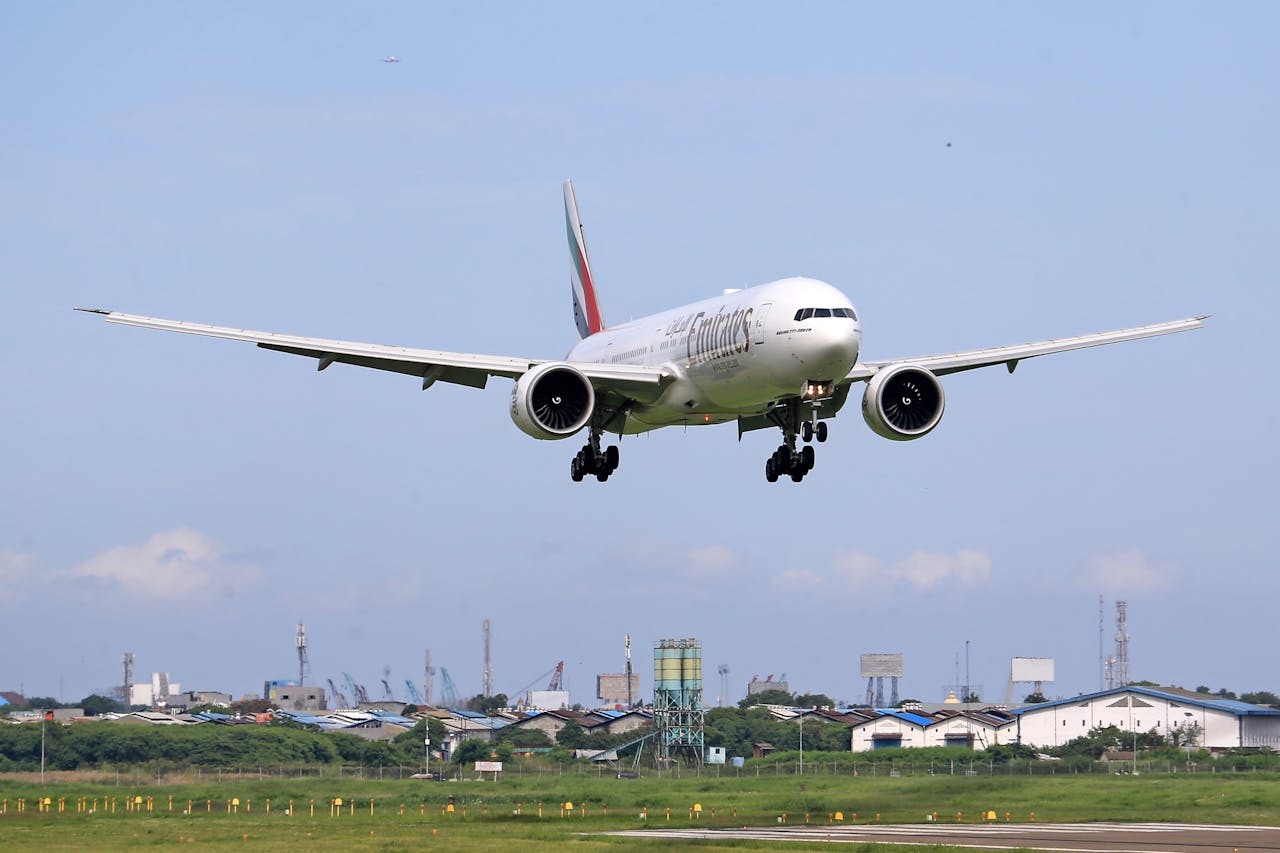Entering a large airport seems as if one is entering a city never asleep. Unlike any other, the buzz of activity, the flow of people from all walks of life, and the continuous coordination of planes launching and landing provide a unique environment. Airports are complicated systems needing flawless coordination among thousands of people, not just concerning travel.
1. Coordination Between Ground Staff and Air Traffic Control
The ground staff’s and air traffic control is among the most important components of airport operations. The precision and perfect harmony between these two teams ensure that aircraft land and take off securely and effectively. From landing to takeoff, air traffic controllers guide pilots through every aspect of the flight; the ground crew controls the aircraft’s physical movements throughout the airport. Every action is timed to prevent any incidents on the taxiways or runways. Constant communication between these two teams calls for accuracy as even the smallest error may cause delays or, in the worst situation, mishaps. Often employed to carry bulky goods or equipment to and from the aircraft, ground people are in charge of guiding planes using a set of signals and vehicles such as the Motrec tuggers.
2. Catering Services: Feeding Thousands in Mid-Air
Another crucial but often disregarded element of airport operations are catering services. Often under tight deadlines, these crews handle food preparation, packing, and delivery to aircraft. The logistics difficulties are great as various planes have varying food requirements including dietary restrictions. To ensure food is delivered on schedule and kept properly aboard the aircraft, catering crews must work with ground operations. Delays in catering could cause aircraft’ lengthier turn-around times, therefore influencing flight plans. Apart from cooking meals, catering services must ensure that every tool, including utensils and trays, is spotless and ready for the next trip.
3. Weather Monitoring: Predicting the Unpredictable
One of the most erratic features of airport operations is weather, which also greatly influences flight plans. Teams of meteorologists working at airports monitor local and flight route weather. They let pilots and air traffic controllers get real-time information, therefore guiding their choices on aircraft paths and timetables From fog and snow to strong winds and thunderstorms, any change in the temperature may cause problems for airports. Weather-related delays may sweep over the whole system and influence planes hundreds of miles distant. Preventing delays and guaranteeing safe operation of airplanes depend on accurate weather prediction.
4. Aircraft Maintenance: Safety in the Details
Unappreciated heroes of airport operations are aircraft maintenance staff. These incredibly talented experts make sure every aircraft leaving the ground is in flawless condition. They typically labor during the brief intervals between flights to check and repair any problems, both planned and unplanned. Every flight results in an inspection of the aircraft; more thorough inspections are conducted on occasion. Technicians check everything, including avionics and hydraulics, engines, landing gear and tires. For tires, the airline should make sure to opt for reliable good quality tires like for example, Goodyear aircraft tires. Passenger safety depends on their efforts. Maintenance is mostly focused on preventive actions; it is not just reactive. Frequent planned inspections assist to find any issues before they can compromise flight safety.
5. The Human Element: Working Together in a High-Stress Environment
Although technology is heavily relied upon in airport operations, the human element is still very vital. From the check-in counter to the flight control tower, every job calls for cooperation and great communication abilities. Working at an airport entails coping with great amounts of stress, particularly in busy travel times when disruptions, cancellations, and delays could arise. Workers must be cool under duress and find fast answers to issues. In an atmosphere of high stress, cooperation is essential as many departments must cooperate to guarantee seamless operations. To control the boarding procedure, ground staff must cooperate with luggage handlers, security guards, and airline officials.
Conclusion
Working at a big airport provides a unique window into the nuances of world travel. Every department is essential in making sure that passengers get to their destinations safely and that operations go without hiccups. Modern technology combined with human cooperation makes big airports an interesting setting where safety, efficiency, and service coexist together.


